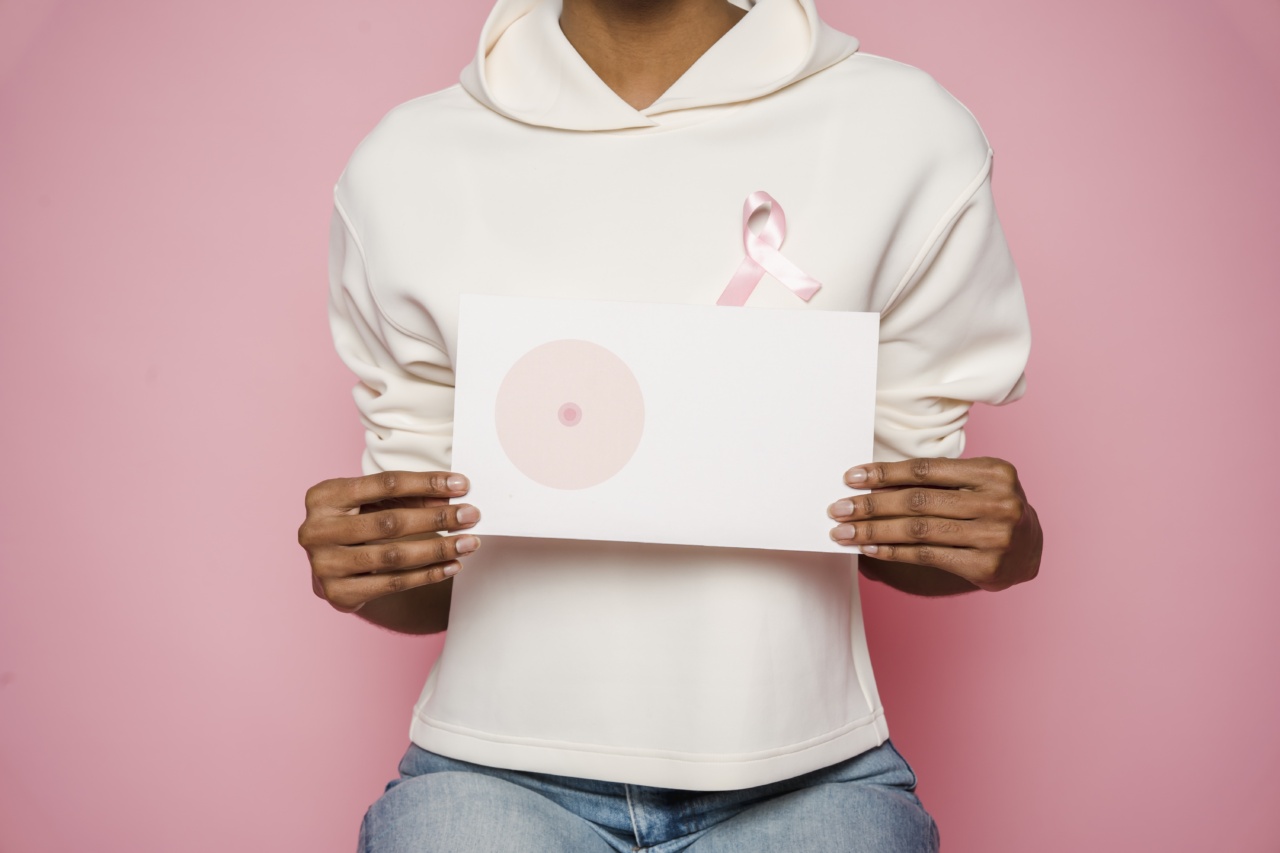When a woman undergoes in vitro fertilization (IVF), multiple ovarian follicles are often stimulated to increase the chances of achieving a successful pregnancy.
This process is known as ovarian hyperstimulation, and it can result in the development of multiple ovarian follicles. However, concerns have been raised about whether this process could increase the risk of breast cancer in IVF patients.
What is ovarian hyperstimulation?
Ovarian hyperstimulation is a process that is used in IVF to stimulate the ovaries to produce multiple eggs. A woman undergoing IVF is given hormones to increase the number of follicles in the ovaries.
These hormones stimulate the ovaries to produce more eggs than they would during a normal menstrual cycle. As a result, multiple follicles are developed, each containing an egg.
Why are women concerned about the link between ovarian hyperstimulation and breast cancer?
There has been concern that the use of ovarian hyperstimulation in IVF treatments could increase the risk of breast cancer in women.
Some studies have suggested that the high levels of hormones used during ovarian hyperstimulation could lead to an increased risk of breast cancer. This theory was based on the fact that breast cancer is hormone-sensitive and that high levels of hormones could stimulate the growth of cancer cells.
What does the research say about the link between ovarian hyperstimulation and breast cancer?
Recent studies have found no evidence to suggest that ovarian hyperstimulation increases the risk of breast cancer in IVF patients. In fact, the risk of breast cancer in women who undergo IVF is similar to that of women who conceive naturally.
A study conducted in Denmark in 2018, examined whether ovarian hyperstimulation is linked to breast cancer risk in women undergoing IVF. The study followed over 20,000 women who underwent IVF between 1994 and 2015. The researchers found no overall increased risk of breast cancer in these women compared to the general population.
Another study published in the Journal of Clinical Oncology in 2019, found that women who undergo IVF have no higher risk of developing breast cancer than women who conceive naturally.
The study followed over 58,000 women who underwent IVF between 1994 and 2015 and found that the incidence of breast cancer was similar in both groups of women.
Does having multiple ovaries increase the risk of breast cancer?
Having multiple ovaries does not increase the risk of breast cancer in IVF patients. While ovarian hyperstimulation can result in the development of multiple ovarian follicles, the process itself does not increase the risk of breast cancer.
The hormones used in ovarian hyperstimulation have no effect on breast tissue and do not increase the risk of breast cancer in women.
Other factors that can increase the risk of breast cancer
While ovarian hyperstimulation does not increase the risk of breast cancer, there are other factors that can increase a woman’s risk of developing the disease. These include:.
- A family history of breast cancer
- Having a BRCA1 or BRCA2 genetic mutation
- Exposure to radiation
- Obesity
- Having a first child after the age of 35
Conclusion
The use of multiple ovaries in IVF treatments does not increase the risk of breast cancer in women. Recent studies have found that the risk of breast cancer in women who undergo IVF is similar to that of women who conceive naturally.
While ovarian hyperstimulation can result in the development of multiple follicles, the hormones used in the process have no effect on breast tissue and do not increase the risk of breast cancer. Women who are concerned about their risk of breast cancer should speak to their doctor about their individual risk factors and any steps they can take to reduce their risk.


























